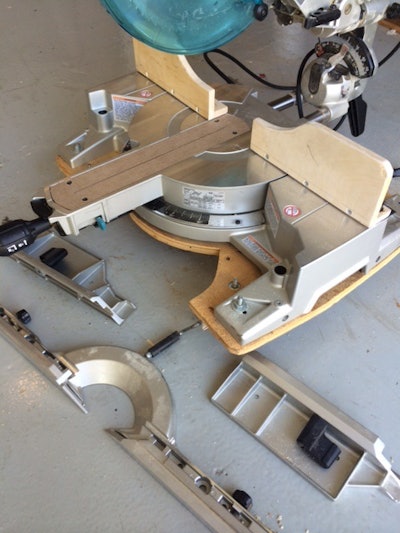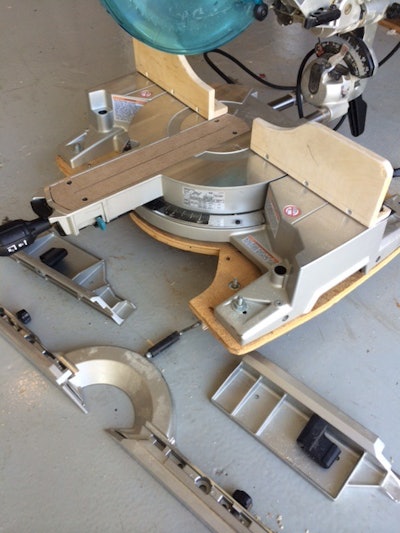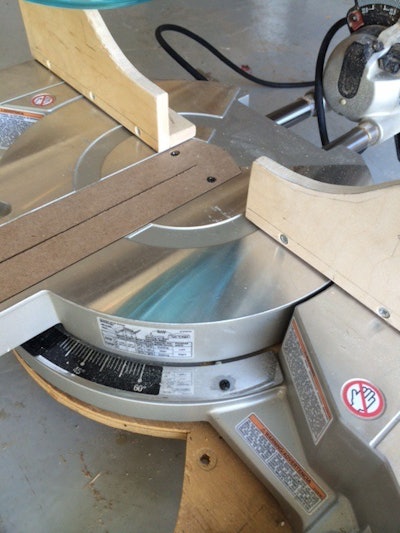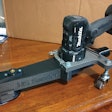
Tools, tools, tools.
It is very rare that I go a few months without buying a tool. The doctors say I have ATD (Avi’s Tool Disorder). They’re working on a cure which will most likely not solve my problem but will have side effects horrible enough to distract me from my disease.
I don’t buy cheap, flashy-looking, cordless, buy-one-get-one-free-type tools which are often sold at the big box stores.
People who know me well can appreciate the choice I make when I buy tools. I don’t buy cheap, flashy-looking, cordless, buy-one-get-one-free-type tools which are often sold at the big box stores. I usually have to go to a local lumberyard that has an extensive tool department for the pros. Having said that, I can’t say that I always buy the best tool in its class or the most expensive one. A good example is my latest sliding miter saw purchase. My old faithful sliding saw was dying. It was time for a new one. Knowing that the new saw will get beat up with all the loading and unloading on job sites, I didn’t really want to put too much money into it. With the recommendation of a friend, I took a chance on the latest from a different brand than the one I had owned. Both brands offer pretty much the same saw at the same price range.
Apparently, it’s been awhile since I bought a sliding saw. The pivoting features and the fence setup are poor (and I’m in a good mood right now). There are very basic features I expect a miter saw to have without compromise. One of them is the fence setup. It needs to be easy to adjust to a zero tolerance. That means if I want to cut a board at a right angle, the cut needs to be at exactly 90 degrees. Not a hair off. If it is off, I want to be able to adjust it in seconds.
I realized most saws these days have the exact same fence setup. I think they’re all made in the same place in the world, then sold to different manufacturers. Then I need to fix them. Looking at the new saw I bought, I knew immediately (well, after like two installation jobs) that I was not happy. The fences on both sides of the saw were connected; so moving one side of the fence would move the other. Guess what? The fences are not aligned. If one side of the saw is set up at a right angle, the other is off. I don’t know who the genius engineer was who worked on that design.
A short trip down memory lane:
In my earlier life as a soldier, we would spend hours working on our new gear making it combat friendly (that’s how you put combat and friendly in the same sentence). From our slings, to our vests, helmets, flashlights and the list goes on. Nothing we got straight out of the box could be used as-is in my team. Much like weapons and combat gear, a tool coming out of the box is rarely ready for use out in the field.

I built two independent moving fences. Each can be adjusted to move in all four directions. I put spacers at the bottom of each fence for two reasons:
• No pressure is applied onto the main pivoting parts, so it is still easy to change the angles on the saw.
• Dust has room to escape instead of building up against the bottom of the fence.
Next I used a hard density board to make a new plate for the saw. Once secured to the saw, I cut through it and made a perfect slot for the blade. By the way, this is done more frequently with table saws to prevent kickback and splintery cuts.
That’s it. Now I have a saw I can adjust quickly, and I made it
All
By
Myself.


































